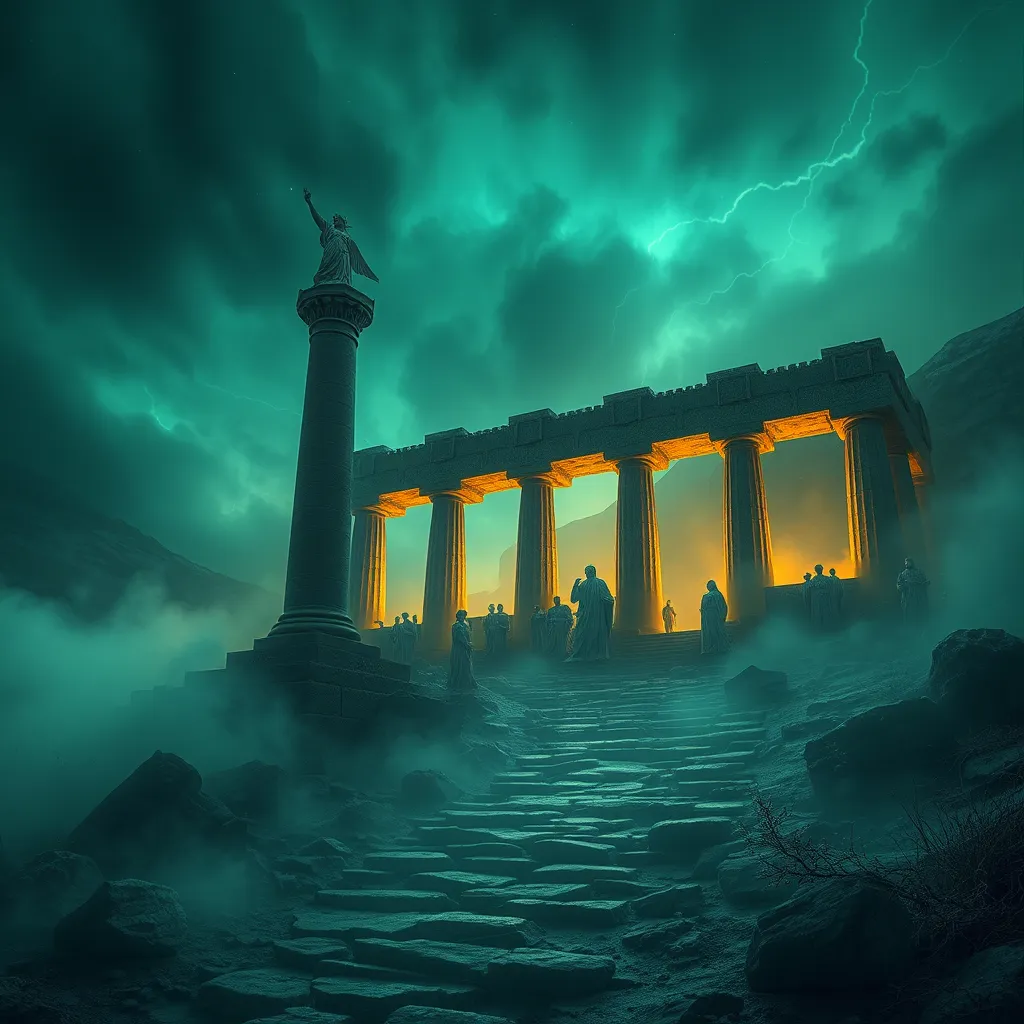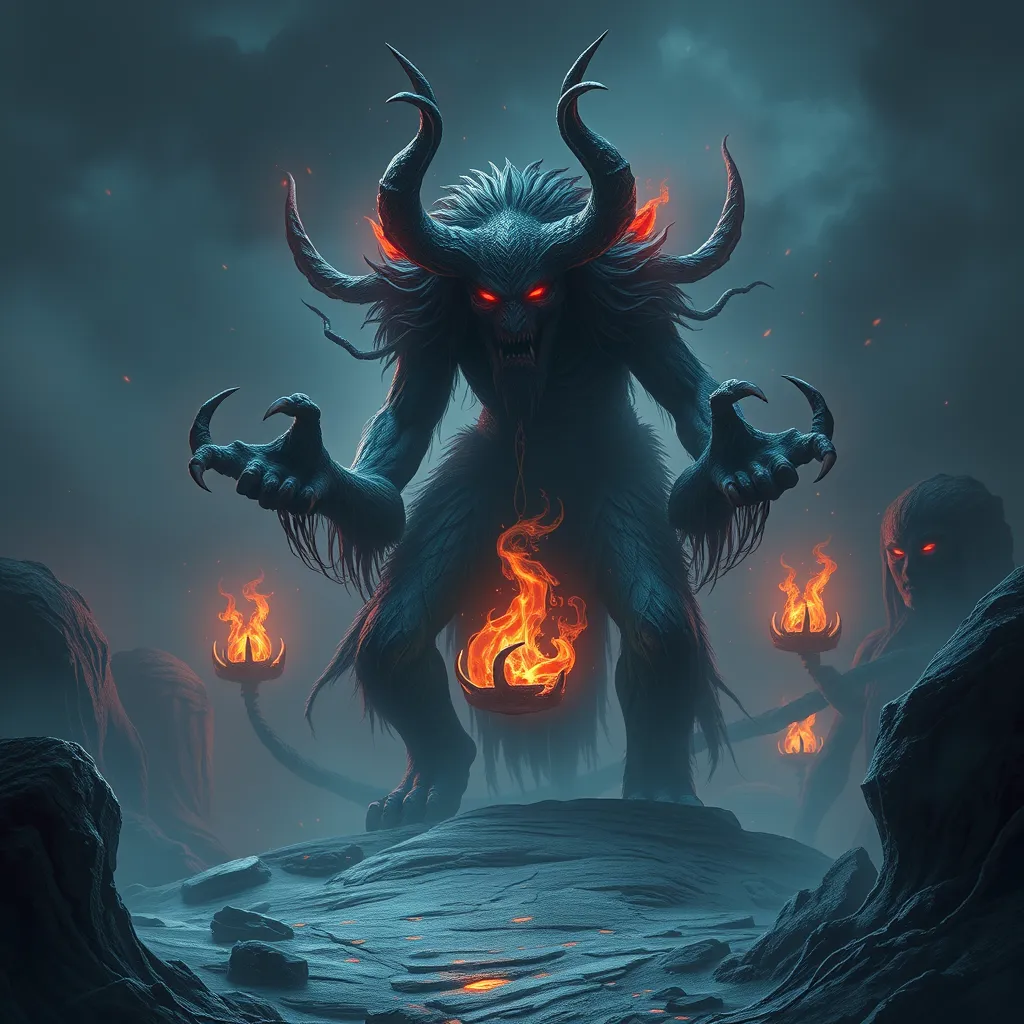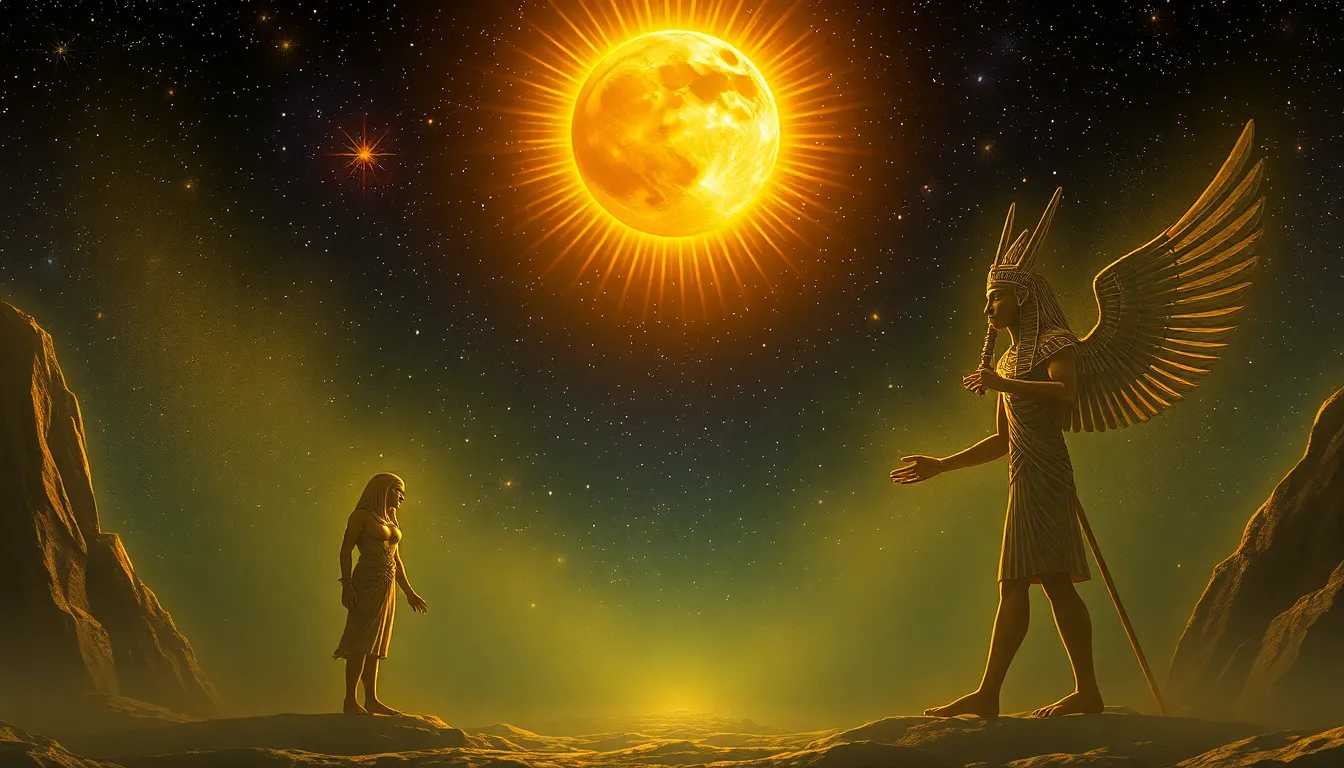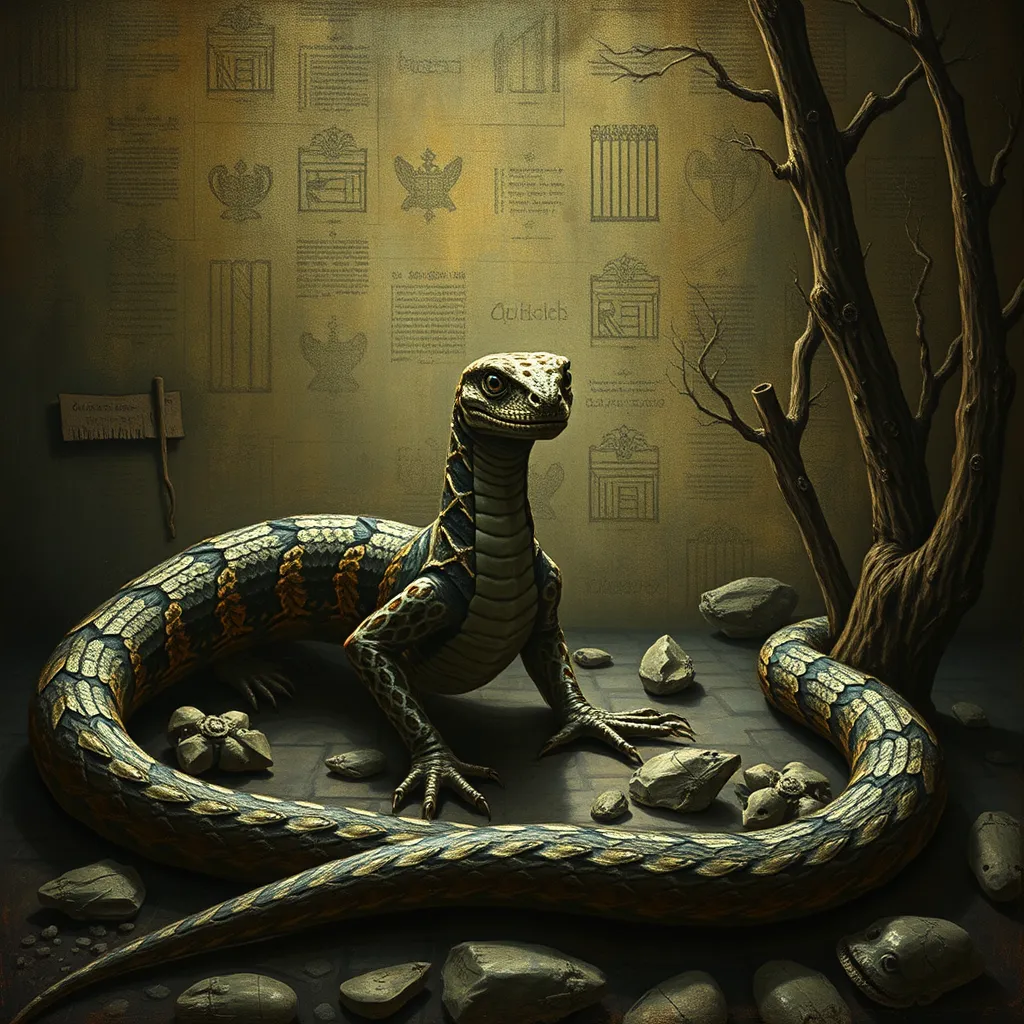The Banshee’s Impact on Tourism: The Myth as a Source of Cultural Attraction
I. Introduction
The Banshee, a spectral figure in Irish folklore, has long captured the imagination of those familiar with Irish culture and mythology. Traditionally depicted as a woman whose wailing heralds the death of a family member, the Banshee is a powerful symbol of the deep connections between life, death, and the supernatural in Irish beliefs. This myth, steeped in history and emotion, plays a significant role in shaping cultural identity in Ireland.
Mythology serves as a potent tool for cultural identity, providing a sense of belonging and continuity. The Banshee, with her haunting cries and mysterious presence, embodies this connection and has become an integral part of Ireland’s rich folklore. The purpose of this article is to explore the Banshee’s influence on tourism, examining how this myth not only attracts visitors but also enriches their cultural experience in Ireland.
II. The Origins of the Banshee Myth
The origins of the Banshee myth can be traced back to ancient Irish legends, where she was known as a “bean sí” or “woman of the fairy mound.” In early tales, the Banshee was associated with particular families, appearing as a messenger of death. Over time, the myth evolved, and her portrayal became more diverse, with various interpretations emerging across different regions of Ireland.
For instance, in some parts of Ireland, the Banshee is described as a beautiful woman with flowing hair, while in others, she is perceived as an old hag. This variation illustrates the Banshee’s adaptability within Irish folklore. Notably, different regions have their own unique stories and characteristics associated with the Banshee, highlighting her importance in local cultural narratives.
III. The Banshee in Popular Culture
The representation of the Banshee in literature and media has significantly influenced public perception of this myth. From classic literature to contemporary films and television shows, the Banshee has been portrayed in various lights, often as a harbinger of doom or a tragic figure. This portrayal has contributed to a wider recognition of Irish folklore globally.
- In literature, authors like W.B. Yeats and James Joyce have referenced the Banshee, weaving her into their narratives.
- In modern media, films and series feature Banshee characters, enhancing the myth’s visibility and intrigue.
These modern interpretations not only entertain but also serve as a vehicle for promoting Irish folklore, inviting audiences to explore the rich tapestry of Ireland’s cultural heritage.
IV. Tourism Development Linked to Folklore
The Banshee myth is a significant draw for tourists visiting Ireland. Many travelers are intrigued by the supernatural elements of Irish folklore, and the Banshee serves as a captivating entry point. Tourists seek to experience the stories and legends that have shaped the Irish landscape and its people.
Examples of tourist attractions and events centered around the Banshee include:
- Guided tours of haunted sites linked to Banshee legends.
- Storytelling evenings in pubs where local lore is shared.
- Art exhibitions showcasing Banshee-inspired works.
The economic impact of folklore-based tourism on local communities can be substantial. As visitors flock to experience the myth, businesses flourish, and local artisans find opportunities to share their crafts related to the Banshee and other aspects of Irish folklore.
V. Cultural Experiences and Activities
Cultural experiences and activities focused on the Banshee offer tourists an authentic glimpse into Irish heritage. Guided tours often incorporate storytelling, where local narrators share tales of the Banshee’s significance and the broader context of Irish mythology.
Festivals celebrating Irish myths and legends also feature the Banshee, creating vibrant events where locals and visitors come together. These festivals may include:
- Parades themed around Irish folklore.
- Workshops on traditional Irish storytelling and music.
- Performances that highlight the Banshee’s story through dance and theater.
Authentic experiences are crucial in cultural tourism, allowing visitors to engage with the myth in meaningful ways that honor its origins.
VI. Challenges and Critiques
Despite the positive aspects of Banshee-related tourism, there are challenges and critiques that must be addressed. One significant concern is the commercialization of the Banshee myth, which can lead to a dilution of its cultural significance.
Balancing tourism with cultural preservation is essential. As local communities embrace tourism, they must also remain vigilant in protecting their heritage from exploitation. Critiques from local communities often emphasize the need for respectful representation of the Banshee and other elements of their culture, urging that these stories be told with authenticity and respect.
VII. The Future of Banshee-Related Tourism
The future of Banshee-related tourism looks promising, particularly as trends in cultural tourism evolve. There is a growing interest in immersive experiences that allow visitors to connect deeply with local traditions and stories.
Potential for diversification of Banshee-related attractions includes:
- Interactive exhibits in museums that explore the Banshee’s role in Irish culture.
- Virtual reality experiences that allow visitors to engage with the myth in innovative ways.
- Collaborations with local artists to create new narratives around the Banshee.
Strategies for sustainable tourism that honors the myth involve community engagement, educational initiatives, and responsible marketing practices that prioritize cultural integrity over profit.
VIII. Conclusion
The Banshee holds a significant place in Irish culture and tourism, serving as a bridge between the past and present. This haunting figure not only enriches the tapestry of Irish folklore but also plays a vital role in attracting tourists to Ireland.
As we reflect on the interplay between myth, culture, and economic development, it is crucial to advocate for responsible tourism practices that respect and honor cultural heritage. By doing so, we ensure that the Banshee and other myths continue to resonate with future generations, fostering a deeper appreciation for the richness of Irish folklore.



